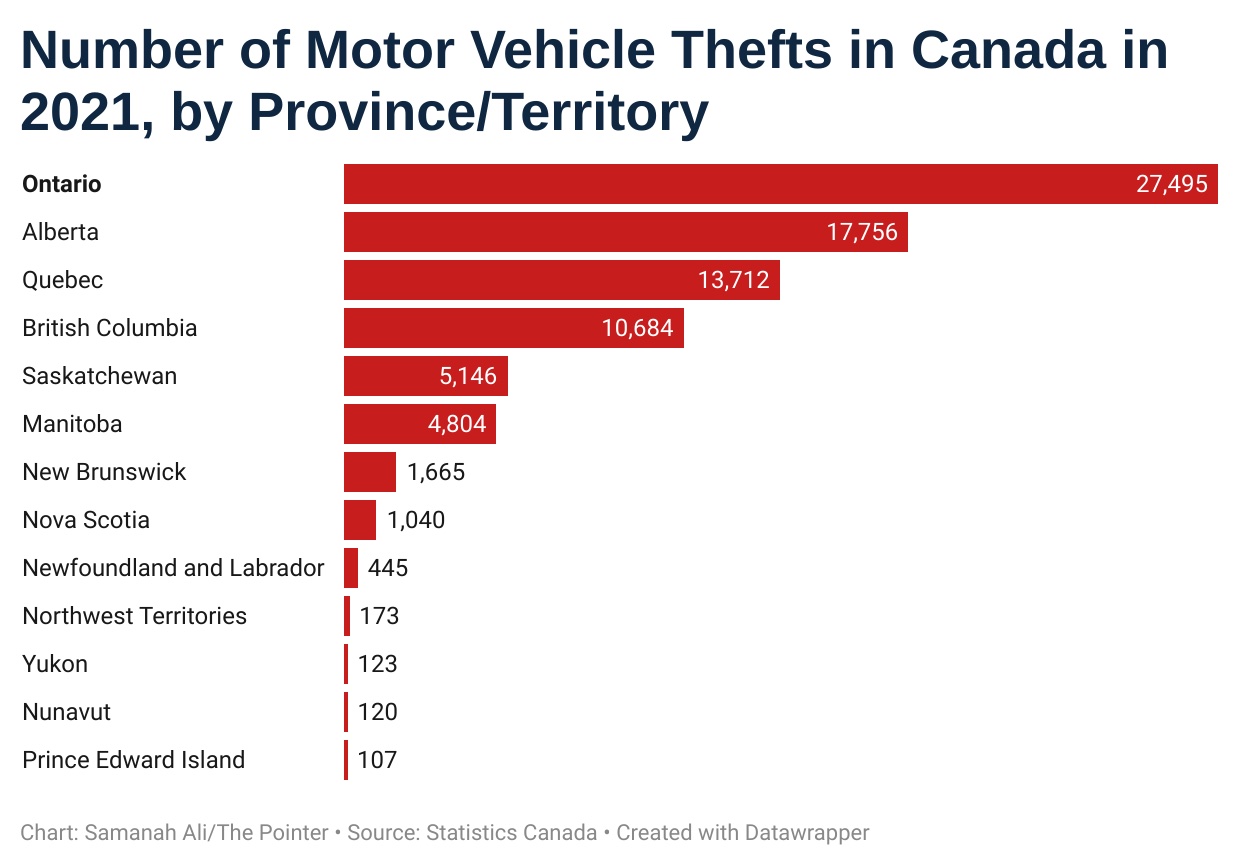China's Energy Strategy: Diversifying LPG Sources Away From US Tariffs

Table of Contents
The Impact of US Tariffs on China's LPG Imports
The relationship between the US and China regarding LPG trade has been complex and, at times, fraught with tension. Prior to the imposition of tariffs, the US was a significant LPG supplier to China. However, escalating trade disputes led to the implementation of tariffs, dramatically increasing the cost of US LPG imports for Chinese businesses and consumers.
The economic consequences were substantial. Tariffs resulted in:
- Increased LPG prices in China: The added cost was passed down the supply chain, impacting various sectors reliant on LPG.
- Reduced competitiveness of Chinese industries reliant on LPG: Higher energy costs made Chinese industries less competitive in the global market.
- Shift in consumer spending patterns: Increased LPG prices forced consumers to curtail their usage or seek alternative, often less efficient, energy sources.
The impact extended beyond mere price increases; it highlighted the inherent risks of relying heavily on a single source for a crucial energy commodity. This spurred China to actively seek a more diversified and secure energy supply.
New LPG Import Sources: A Global Strategy
Faced with the challenges posed by US tariffs, China implemented a multi-pronged strategy to secure alternative LPG sources. This involved forging new partnerships and developing trade relationships with countries across the globe. Key alternative suppliers include:
- Russia: Russia has emerged as a significant LPG exporter to China, benefiting from existing energy infrastructure and geopolitical ties.
- Middle East: Countries in the Middle East, with their abundant LPG reserves, have become increasingly important suppliers to the Chinese market.
- Southeast Asia: Several Southeast Asian nations, some with closer geographical proximity, offer a more localized supply option, albeit potentially on a smaller scale.
This diversification strategy carries significant geopolitical implications. Shifting away from US reliance creates new dependencies, requiring careful management of international relations and energy diplomacy. While some sources offer price advantages, others present logistical challenges due to transportation distances and infrastructure limitations. For example, increased imports from Russia necessitate investment in pipelines and transportation networks.
Boosting Domestic LPG Production and Refining Capacity
Simultaneously, China has intensified efforts to increase domestic LPG production to reduce its dependence on imports. This involves a two-pronged approach:
- Investment in shale gas extraction and processing: China's vast shale gas reserves offer significant potential for increased LPG production. Significant investment in extraction and processing technologies is underway.
- Modernization of existing refineries: Upgrading and expanding existing refinery capacity allows for greater LPG extraction from crude oil processing. This also enhances efficiency and reduces environmental impact.
The government has actively supported this effort through incentives, subsidies, and policies aimed at boosting domestic LPG production. While domestic production is increasing, it's likely to take considerable time before it fully offsets import reliance.
Developing Robust LPG Infrastructure for Efficient Distribution
Effective distribution of LPG is critical for the success of China's diversification strategy. This necessitates significant investments in infrastructure, including:
- Construction of new LPG pipelines and storage terminals: Expanding storage capacity and pipeline networks ensures efficient transportation and reduces reliance on more expensive road or sea transport.
- Expansion of the LPG transportation network: This includes upgrading existing road and rail networks and exploring more efficient transportation methods.
- Implementation of advanced monitoring and control systems: Technological advancements, such as smart metering and remote monitoring, improve efficiency and reduce losses during transportation and storage.
These infrastructure projects are vital for ensuring a reliable and cost-effective LPG supply throughout the country.
The Role of Technology in China's LPG Strategy
Technological advancements are central to China's LPG strategy, impacting various stages from production to consumption:
- Adoption of advanced LPG storage and transportation technologies: This includes using more efficient tank designs and improved insulation to minimize losses during transport.
- Implementation of smart metering systems: This enables precise monitoring of LPG consumption and enhances distribution efficiency.
- Investment in research and development of new LPG applications: Exploration of new applications for LPG, potentially expanding its usage in various sectors, adds to its strategic value.
Securing China's Energy Future Through LPG Diversification
China's proactive approach to securing its LPG supply demonstrates a commitment to energy security and economic stability. By diversifying its import sources, boosting domestic production, and investing heavily in infrastructure, China is mitigating the risks associated with relying on a single supplier. The long-term implications of these strategic shifts are significant, not only for China but also for the global energy market. This comprehensive strategy illustrates the importance of proactive energy planning and the crucial role of technological advancements in ensuring a secure and resilient energy future.
For more in-depth analysis on China's LPG diversification strategy and its impact on global energy markets, continue your research. Learn more about China's evolving energy policies and the future of LPG supply chains.

Featured Posts
-
 Joint Venture Announced Saudi Arabia And India To Construct Two Oil Refineries
Apr 24, 2025
Joint Venture Announced Saudi Arabia And India To Construct Two Oil Refineries
Apr 24, 2025 -
 Nba
Apr 24, 2025
Nba
Apr 24, 2025 -
 The Ted Lasso Resurrection Brett Goldsteins Perspective On Season 3
Apr 24, 2025
The Ted Lasso Resurrection Brett Goldsteins Perspective On Season 3
Apr 24, 2025 -
 Sharks Missing Swimmer And A Body Found Israeli Beach Mystery
Apr 24, 2025
Sharks Missing Swimmer And A Body Found Israeli Beach Mystery
Apr 24, 2025 -
 Five Point Plan Unveiled By Canadian Auto Dealers To Counter Us Trade Threats
Apr 24, 2025
Five Point Plan Unveiled By Canadian Auto Dealers To Counter Us Trade Threats
Apr 24, 2025
